Talk Overview
TOR, the Target of Rapamycin, is now known to be a central controller of cell, tissue and organism growth and an important molecule in many human diseases including cancer, cardiac hypertrophy, diabetes and obesity. Michael Hall explains how the fortuitous decision, in 1991, to investigate the action of rapamycin in yeast led to the discovery of TOR.
Speaker Bio
Michael Hall
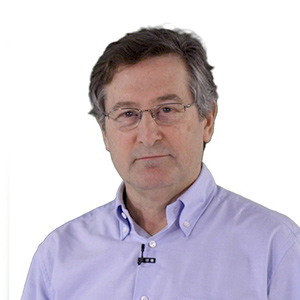
Dr. Michael Hall received his PhD from Harvard and was a post-doctoral fellow at the Institut Pasteur and the University of California, San Francisco. He joined the Biozentrum of the University of Basel in 1987 where he is currently a Professor of Biochemistry. Hall’s lab continues to study TOR and its role in growth, metabolism… Continue Reading
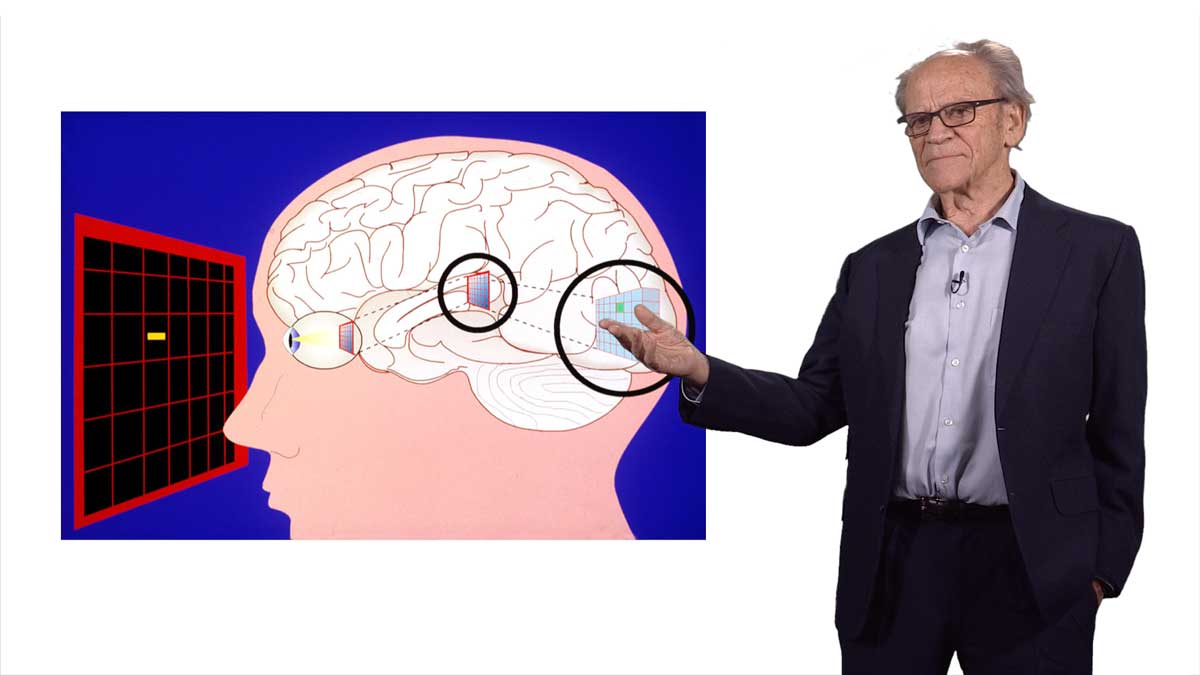
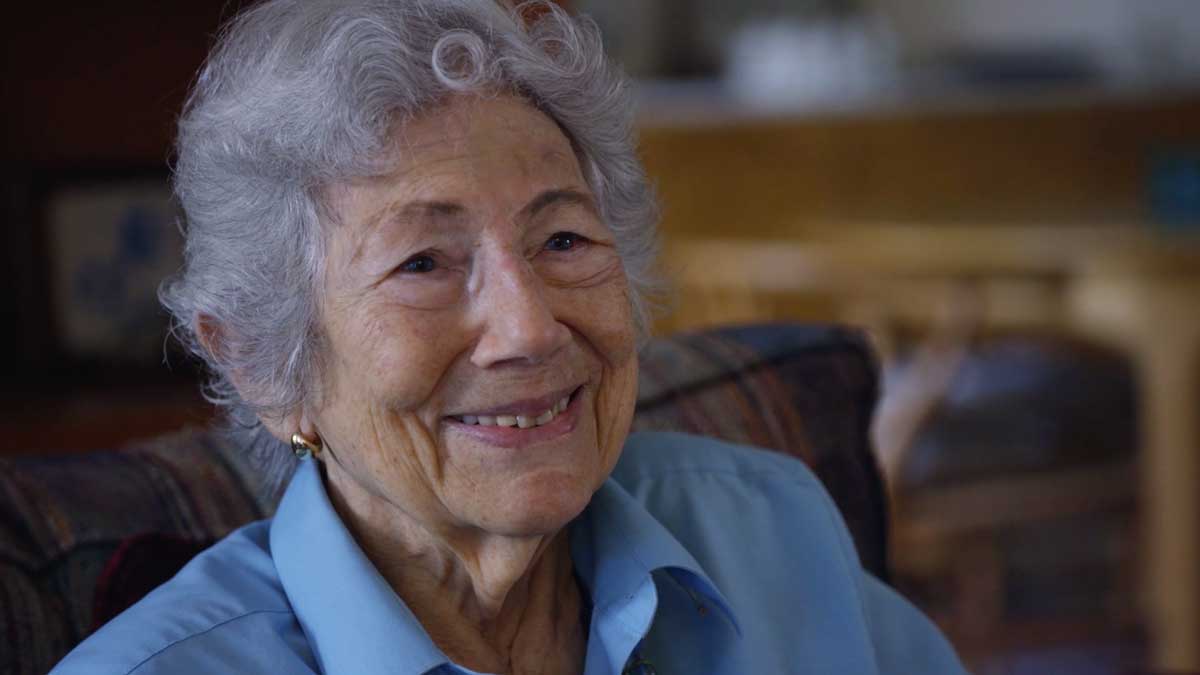
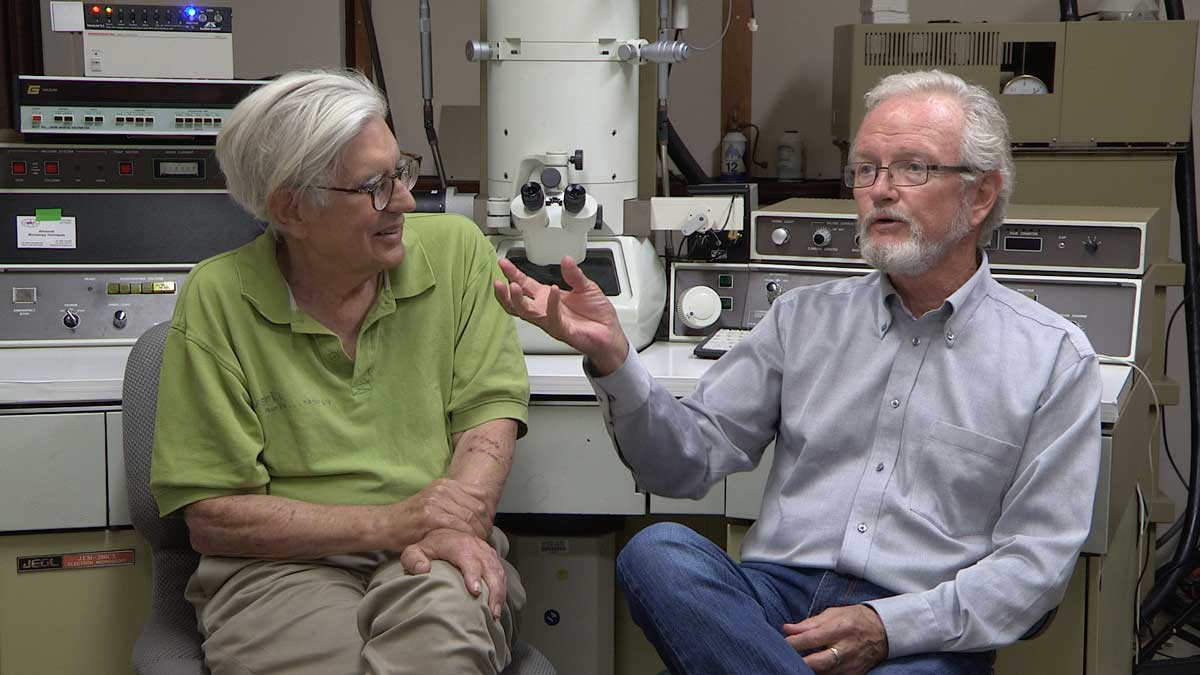
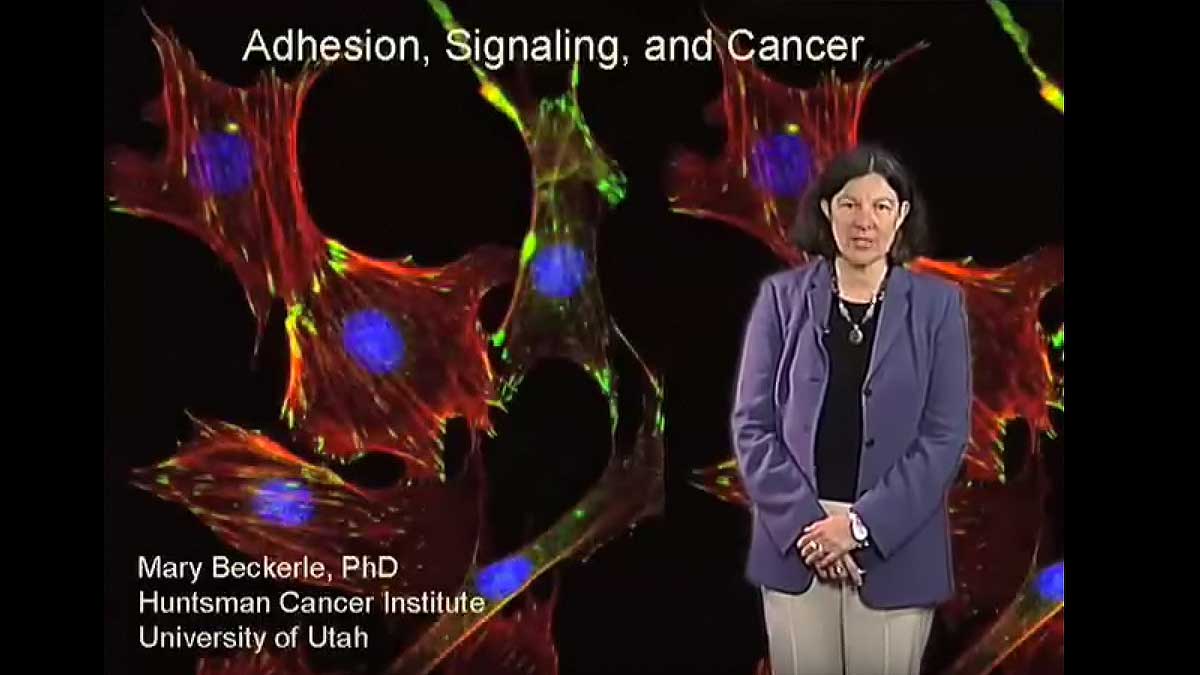
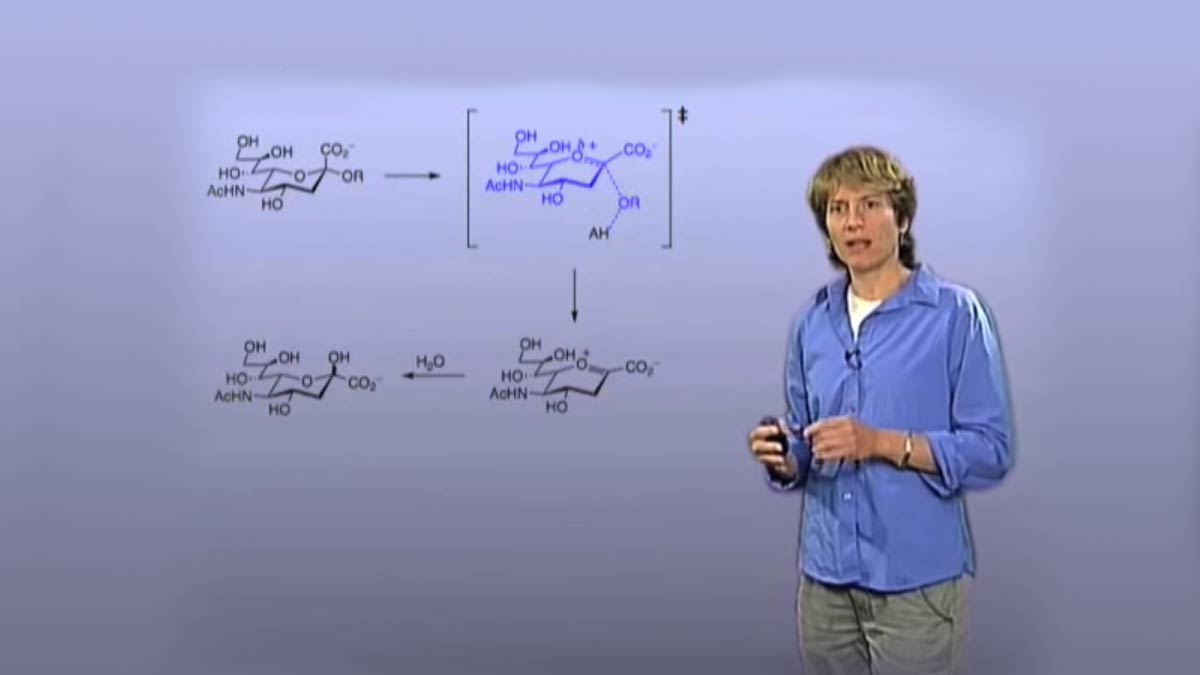
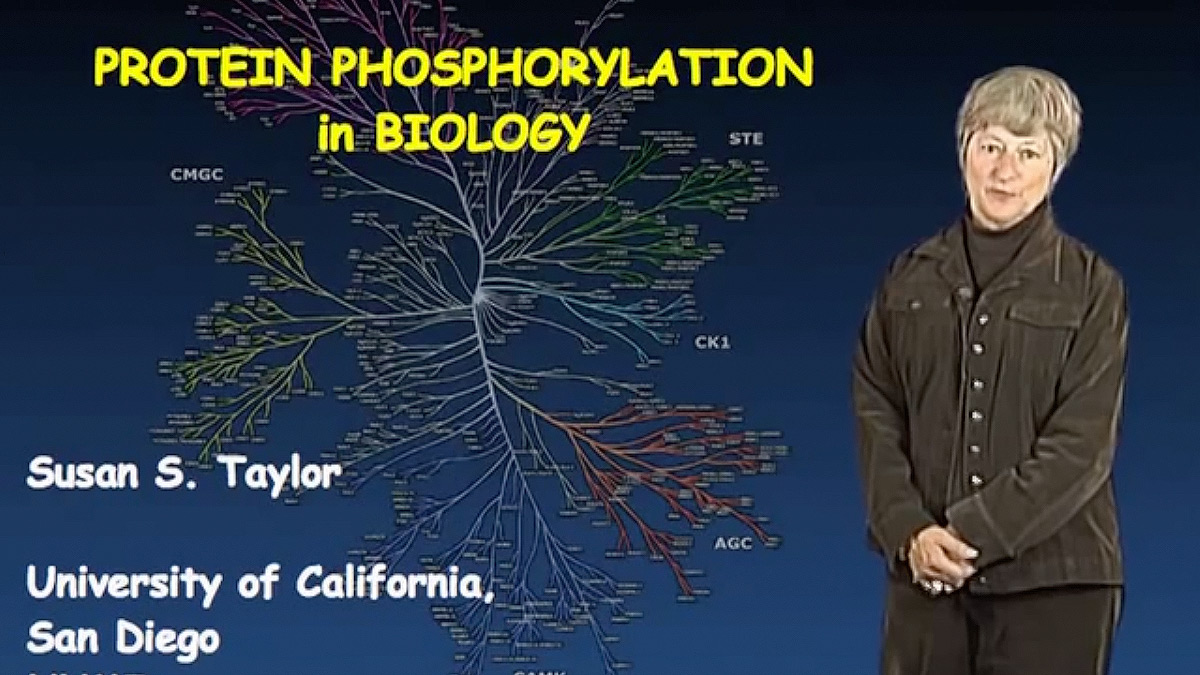
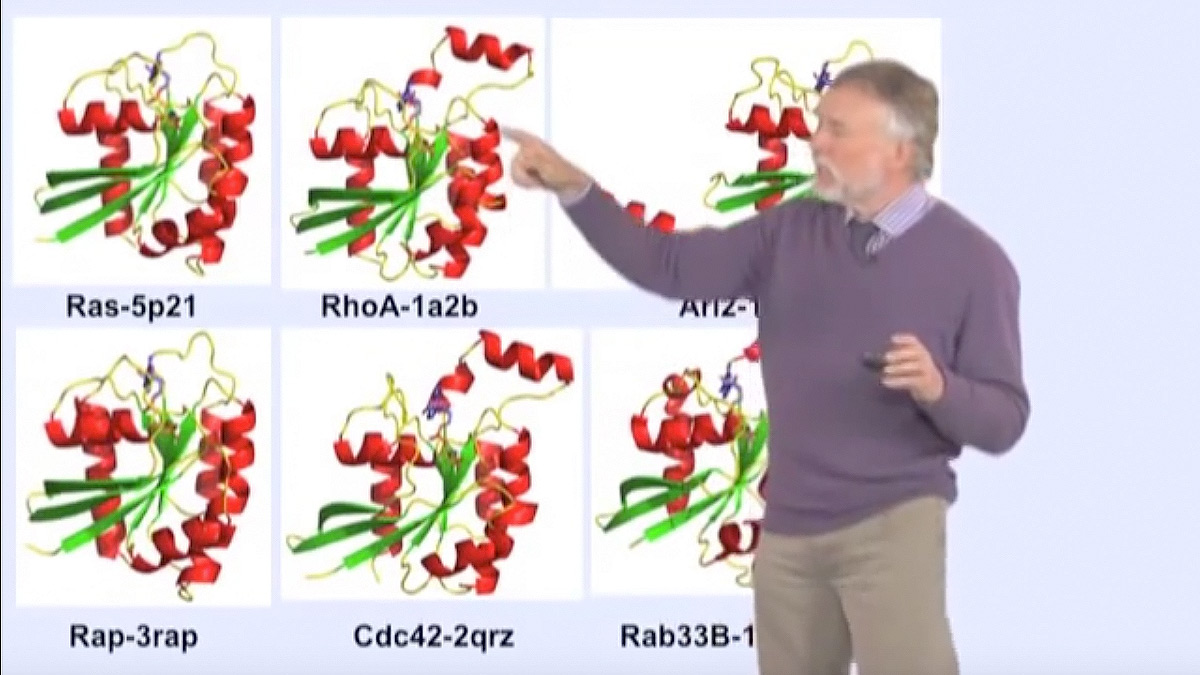




Jade says
Thank you so much!! Very excited to see this lecture!!
JP Saleeby MD says
Thank you Dr. Hall for this history on Rapamycin and TOR